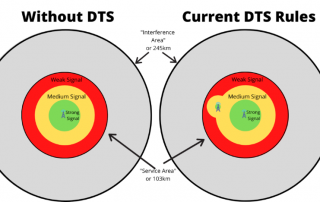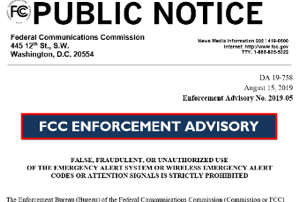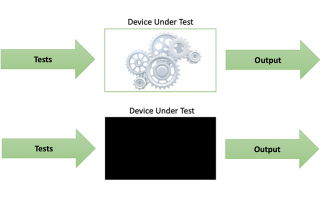Here We Go Again—Another Broadcast Television Transition for Consumers
For those immersed in new technology for broadcasting, ATSC 3.0 and Next Generation TV are nothing new, as we’ve been working with the associated technological standards, equipment development and policy issues for over a decade. But as stations begin to actually deploy services and manufacturers launch retail products, Next Gen TV is being introduced to [...]
Single Frequency Networks Bring More Uniform Coverage for Broadcast Signals
Traditionally, broadcasting has centered around the idea of a single transmitter serving a wide coverage area. In the 100 years since the first commercial radio broadcast, this system has worked exceedingly well to provide news, entertainment and educational content to viewers and listeners wherever they may be. With a typical television transmitter, viewers up to [...]
Automakers are Watching What Radio Broadcasters Do
The evolution of radio receivers in cars over the last 25 years has been quite remarkable and beneficial for broadcasters, listeners and automakers. With the advent of hybrid (over-the-air plus internet) radio, it’s more important than ever for broadcasters to take full advantage of the radio technology being offered in vehicles today so automakers know [...]
Broadcasting False or Simulated EAS Tones Can Cost Your Station Big
Recently, the Federal Communications Commission (FCC) cited a station for broadcasting a skit that contained the Emergency Alert System (EAS) codes (the data burst sometime referred to as the “duck squawk”) and the two-tone attention signal. That mishap resulted in the FCC issuing a $20,000 violation against the licensee of that radio station. In fact, [...]
VVC Codec’s Potential in Broadcasting
Versatile Video Coding (VVC) is the latest published video codec standard, and it has achieved the highest level of video compression to date. VVC has been drafted by a joint collaborative team of ITU-T and ISO/IEC experts known as the Joint Video Experts Team (JVET), which is a partnership of the ITU-T Video Coding Experts [...]
A First Look at Next Gen TV Testing
Given that the Next Gen TV platform provides broadcasters with so many new capabilities, we can anticipate that some of the more advanced broadcast services will be more complex than what is being deployed during the initial launch phase. For example, future services could include digital rights management (DRM), broadcaster applications (BA), tie-in to a [...]







